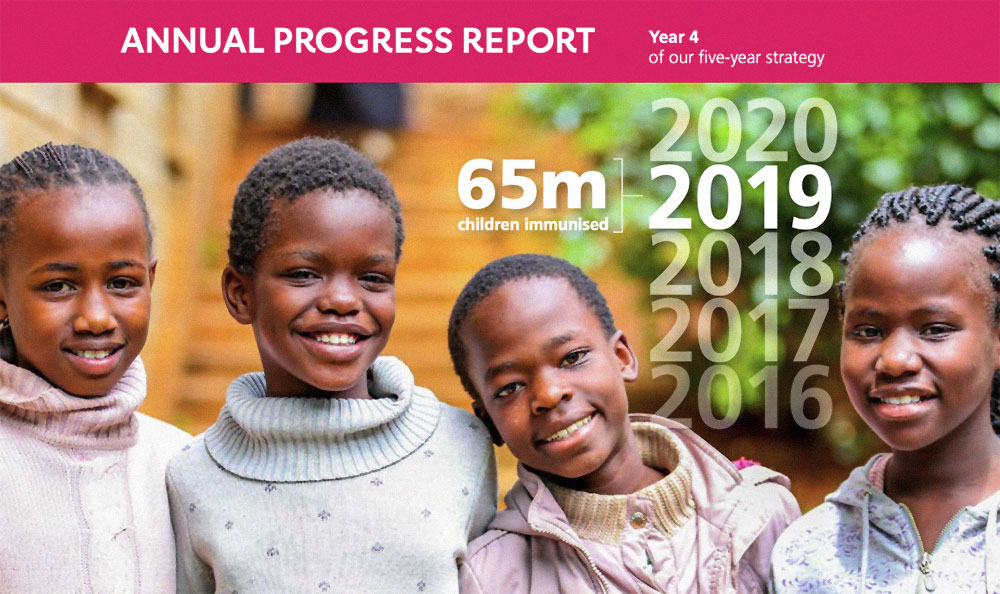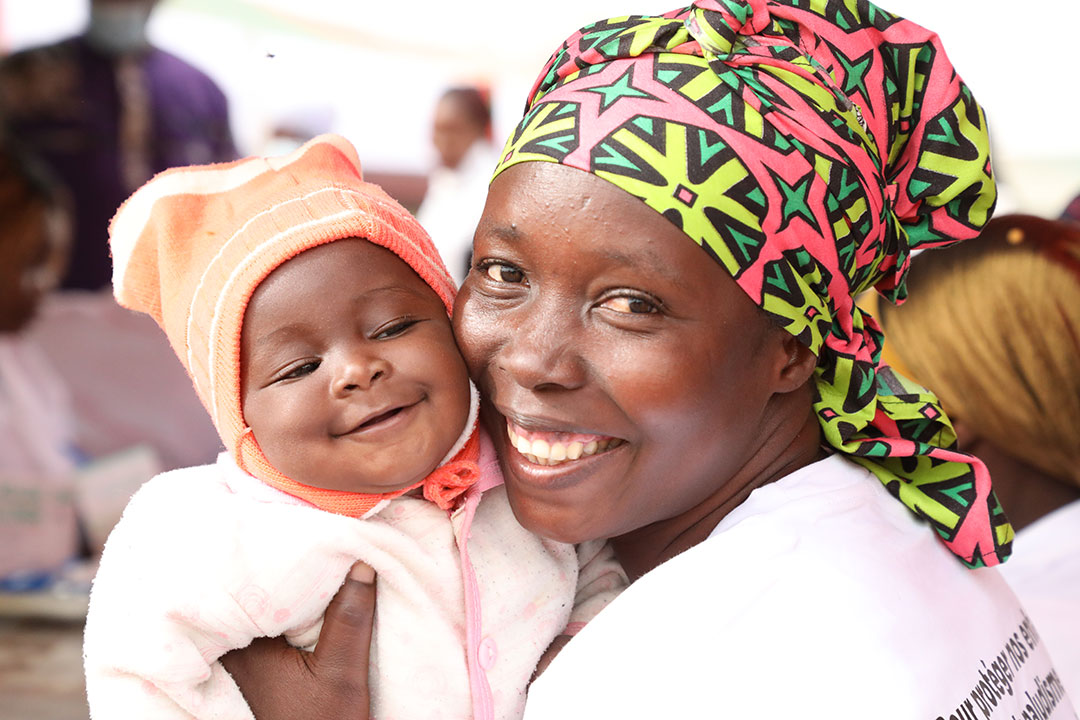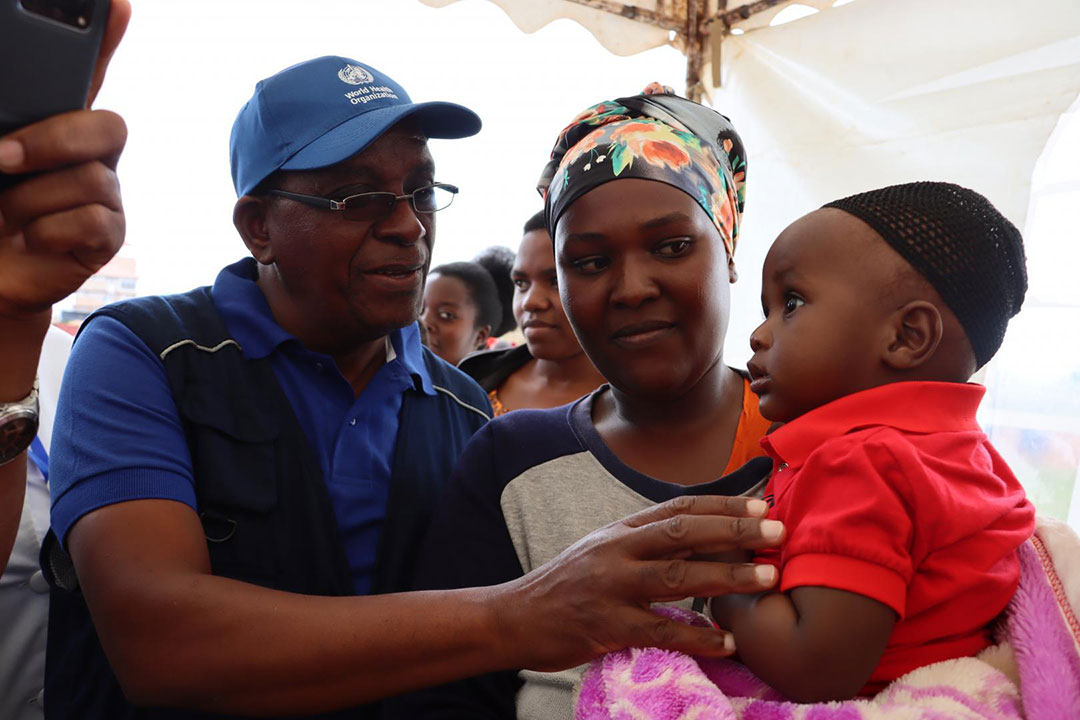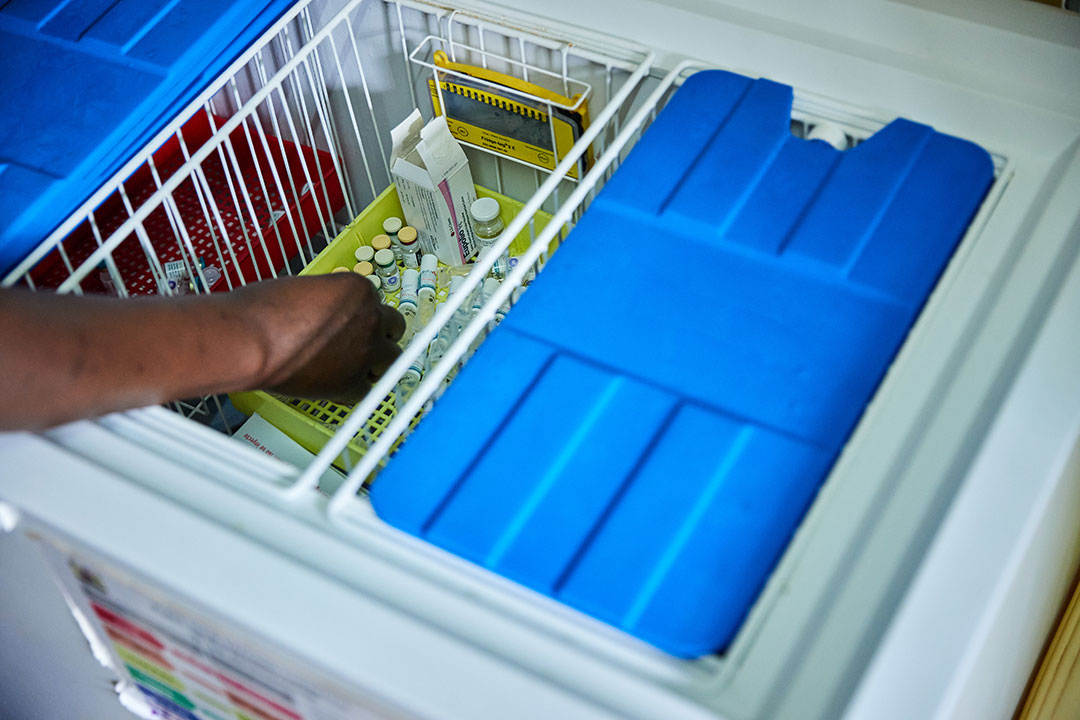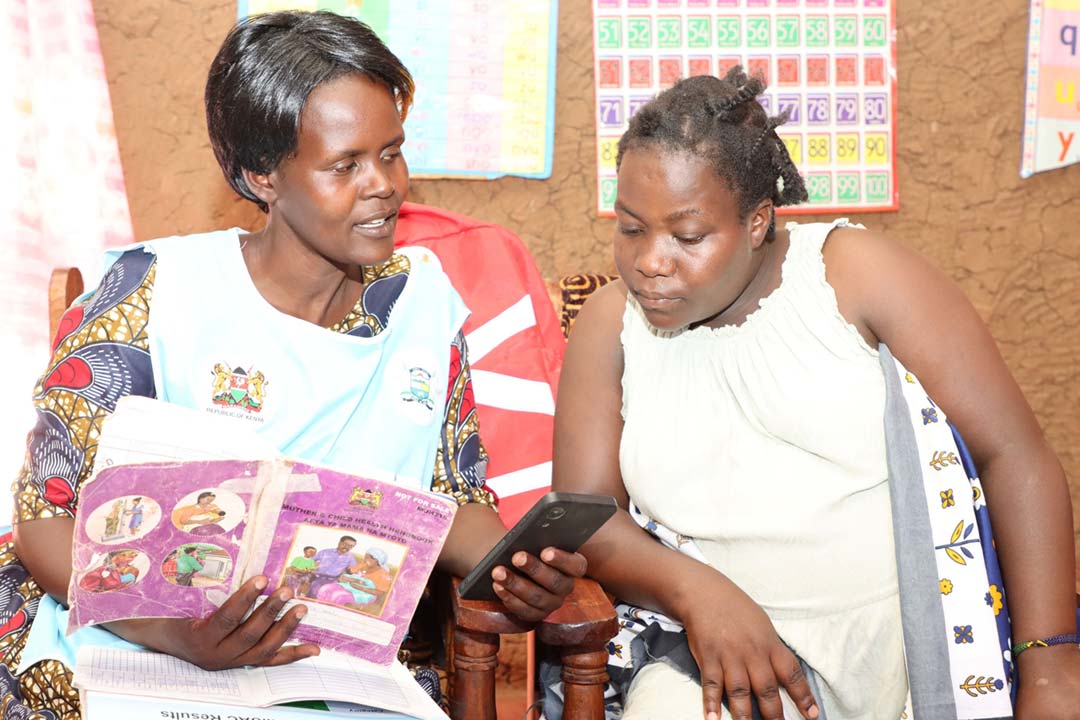Resilience and the risks to global health security
When disaster strikes a country, the impact on people’s health can be immense and long-lasting. As the effects of climate change are felt around the world through rising temperatures and sea levels, natural disasters are increasingly frequent and intense. The aftermath of floods, hurricanes and other severe weather events brings with it the risk of waterborne and respiratory disease outbreaks.
- 21 September 2020
- 3 min read
- by Gavi Staff

In Mozambique in 2019, Cyclones Idai and Kenneth triggered outbreaks of cholera – leading to thousands of suspected cases. Other natural disasters have led to increasing rates of diarrhoeal disease, acute respiratory infections and malaria. Responding to specific outbreaks is of course vital. Gavi-funded emergency stockpiles can be used to protect people from the sudden emergence of cholera, Ebola, meningococcal meningitis and yellow fever. In the longer term, the most important response to the threat of infectious disease is through prevention. A strong routine immunisation system that is able to vaccinate children against all serious disease risks will lead to more resilient and healthier populations, better able to withstand future shocks.
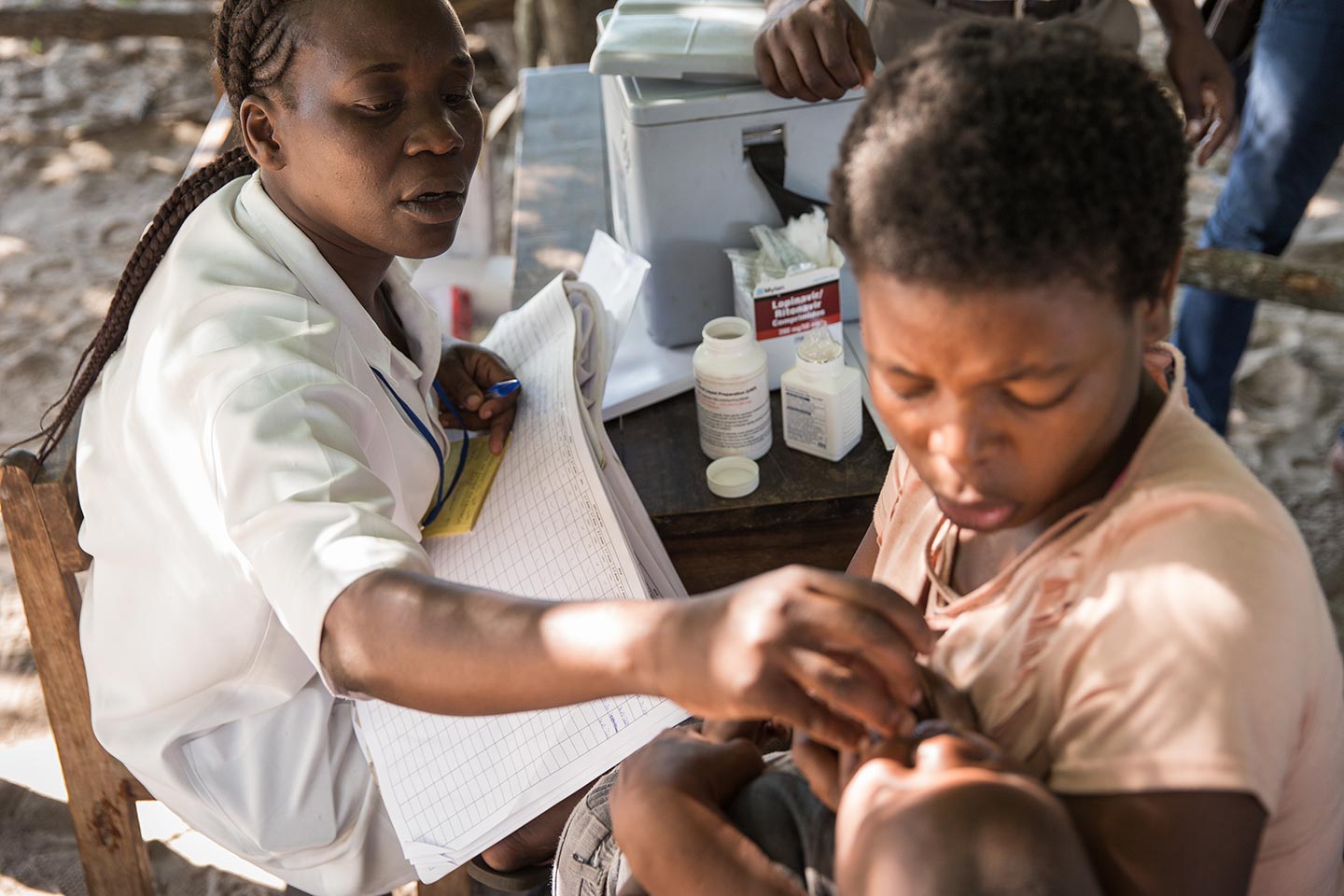
Gavi/2020/Isaac Griberg
In fragile settings – the places most deeply affected by conflict, displacement and natural disasters – it is particularly challenging to reach children with vaccines. This is far from being the only service disrupted in these circumstances; but if children are not reached with vaccines, those who survive will live with the consequences for the rest of their lives. We know that average immunisation rates are almost 20% lower in fragile countries than in non-fragile states. In the worst-affected areas of these countries, the rates are even lower.
These challenges are literally multiplied by higher birth rates in many fragile settings, as well as by the movement of people into crowded environments camps or settlements. Densely packed populations of displaced people, many of them under-immunised or even unimmunised, provide the ideal conditions for outbreaks of disease.
In 2019, 15 Gavi-eligible countries were identified as facing fragility. Gavi’s approach to engaging these countries was updated in 2017. It is designed to take into account the needs of vulnerable populations; build resilience; and maximise Gavi’s impact – increasing the reach of immunisation in these countries. Among the countries that have benefited from additional support under this policy are Afghanistan, the Central African Republic and Haiti.
Providing immunisation to children in fragile settings, which includes a large proportion of zero-dose children, will be a growing focus for Gavi as we move into the next strategic period (2021–2025) and concentrate even more of our attention on the challenge of reaching the unreached.
Read more about how Gavi has accelerated equitable uptake and coverage of vaccines in Gavi’s 2019 Annual Progress Report.
More from Gavi Staff
Recommended for you


